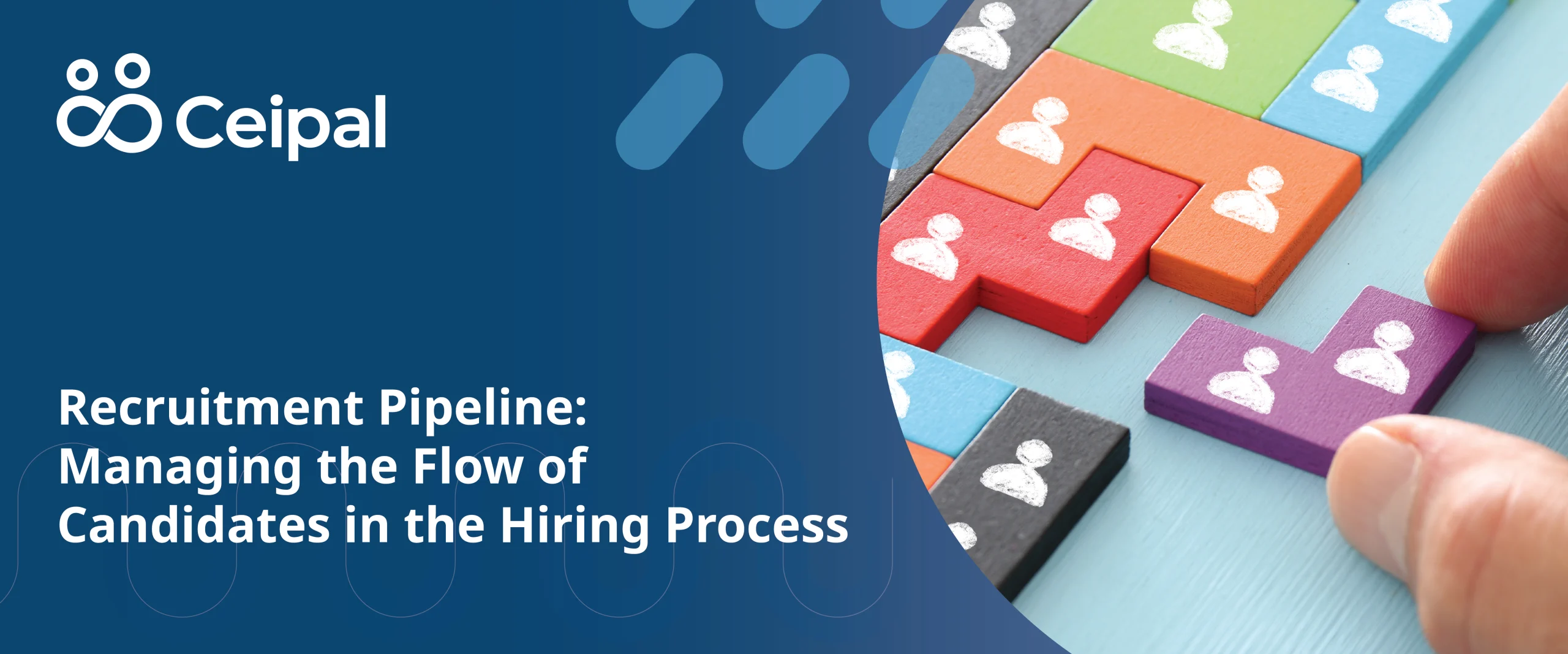Think of the world of recruitment as a busy airport terminal, constantly bustling with candidates from all walks of life, each with their unique stories and aspirations. Your role as a hiring manager is akin to an air traffic controller, ensuring that the flow of candidates through your recruitment pipeline is smooth, efficient, and delightful. After all, a well-managed recruitment pipeline can make all the difference in attracting and engaging top talent, reducing time-to-hire, and ultimately, building a strong workforce.
Attracting and Engaging Talent in the Acquisition Pipeline
Consider all the various stages of the recruitment pipeline. It all begins with talent sourcing, where you cast a wide net to attract candidates through job postings, referrals, and social media. This is your initial opportunity to entice the right talent and engage them with your company’s values and mission.
- Nurturing Your Talent Pool: Your talent pool needs nurturing. Keep the communication lines open, even if a candidate doesn’t make the cut the first time. Offer feedback, share updates, and provide valuable content that keeps them interested. In this digital age, a simple email or LinkedIn connection request can go a long way in fostering goodwill and engagement.
- Streamlining the Application Process: Have you ever stood in a long line at an airport check-in counter, only to find out you missed your flight? Inefficient application processes can lead to similar frustration for candidates. Ensure your application process is user-friendly, with minimal barriers. A well-designed careers page, clear instructions, and an intuitive ATS (Applicant Tracking System) can be game-changers in the recruitment pipeline.
- Effective Screening and Assessment: Just as the airport security checks are designed to keep out unwanted passengers, your screening and assessment stages should filter out candidates who don’t fit the job description. Implement well-crafted assessments, video interviews, and skills tests that are relevant to the job. This not only saves your team time but also enhances the experience for candidates who appreciate the relevance of your evaluation methods.
Efficiency and Transparency: The Keys to a Smooth Pipeline
Now that we’ve explored how a recruitment pipeline is built, let’s understand what contributes to making that process effortless.
- Communication is Vital: Imagine boarding a plane with no information about your destination, the flight duration, or the in-flight services. It would be disorienting, right? Similarly, transparency is key in your recruitment pipeline. Communicate clearly about the hiring process, expected timelines, and what candidates can expect at each stage. This not only reduces candidate anxiety but also demonstrates your commitment to a fair and transparent hiring process.
- Automate and Streamline: Implementing an Applicant Tracking System (ATS) can help you streamline the application process, automate repetitive tasks, and ensure that no candidate gets lost in the shuffle. Automation doesn’t mean a lack of personal touch; it means you can redirect your team’s focus to engage and assess candidates more effectively.
- Feedback: A Valuable Currency: Feedback keeps the process running smoothly. After interviews or assessments, provide constructive feedback to candidates, whether they were successful or not. This not only adds to the positive candidate experience but also helps them grow for future opportunities.
Expedite Time-to-Hire and Enhance Candidate Experience
The pipeline isn’t just about you evaluating candidates; it’s also about candidates assessing your company. The experience they have during the hiring process can leave a lasting impression. So, treat it as an opportunity to showcase your organization’s culture and values.
- Reducing Time-to-Hire: Time is of the essence in the recruitment pipeline. Just as airlines aim for on-time departures, you should aim for on-time hires. Delays can be costly, both in terms of the resources spent and the risk of losing top talent to competitors. Streamlining the process, reducing bureaucracy, and efficient decision-making are all factors that contribute to a swift time-to-hire.
- Personalize the Experience: Think of the candidate experience as a personalized in-flight service. Tailor your interactions with candidates to make them feel valued. Personalization can be as simple as addressing candidates by their name in communications or mentioning specific aspects of their resume during interviews. The more candidates feel like individuals and not just numbers, the more engaged and excited they will be about your company.
- Onboarding for a Smooth Landing: Once a candidate is hired, the recruitment pipeline doesn’t just end. It extends into onboarding, which is much like landing a plane safely. Ensure a smooth transition for your new hires. A well-structured onboarding program makes employees feel welcome and prepared, setting the tone for their entire tenure with your company. Remember, your candidates are passengers on this journey, and a well-managed pipeline ensures they have a smooth, pleasant flight from application to onboarding.
FAQ
1. What is the recruitment pipeline, and why is it important?
The recruitment pipeline is the structured process through which candidates move from application to onboarding. It’s vital because it ensures that the hiring process is efficient, candidates are engaged, and top talent is attracted to your organization
2. How can I attract top talent in the recruitment pipeline?
To attract top talent, focus on clear job postings, nurturing candidate relationships, and effective sourcing strategies. Showcase your company’s values and mission to engage candidates on a deeper level.
3. What role does automation play in managing the recruitment pipeline?
Automation streamlines the process, reduces administrative tasks, and ensures that no candidate is overlooked. It allows your team to focus on more meaningful interactions with candidates.
4. How can I reduce time-to-hire in my recruitment pipeline?
To reduce time-to-hire, streamline the process, make faster decisions, and minimize bureaucracy. An efficient recruitment pipeline is key to swift hiring.
5. What is the significance of the candidate experience in the recruitment pipeline?
The candidate experience is crucial as it impacts your company’s reputation and the quality of candidates you attract. A positive candidate experience can lead to more engaged and enthusiastic employees.









